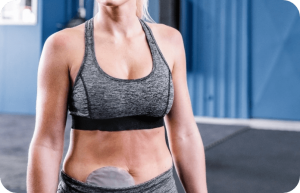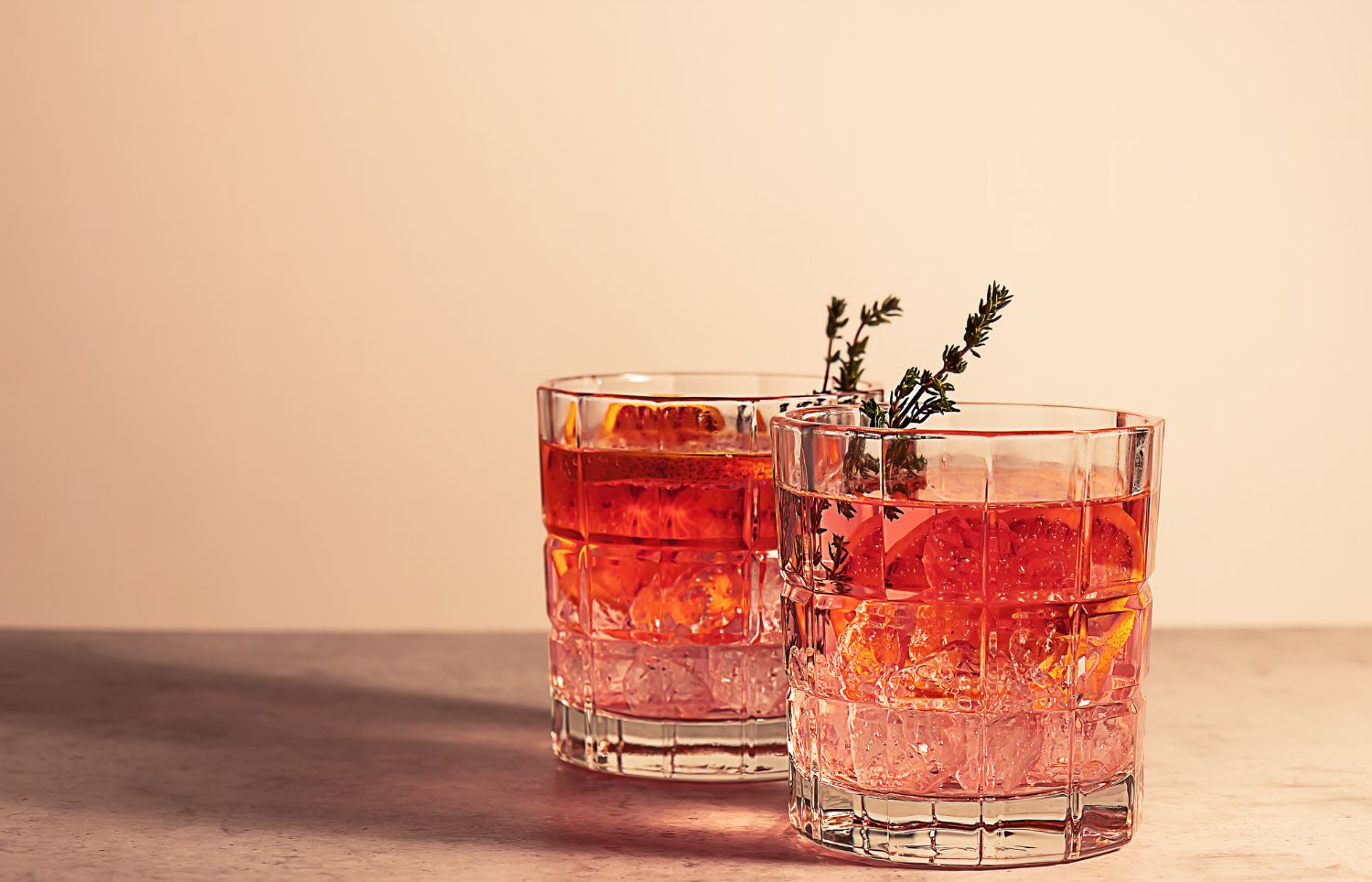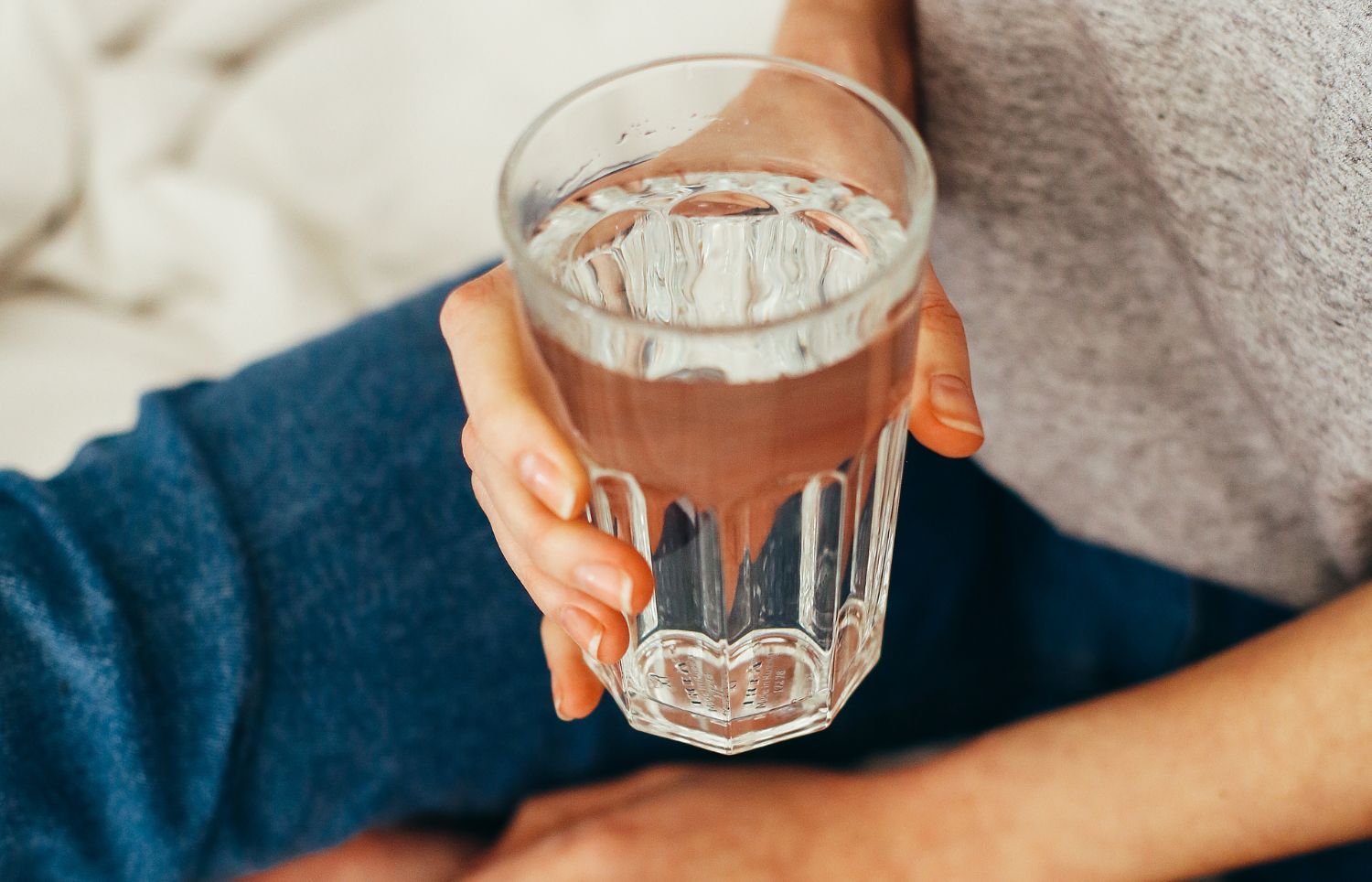
Living with a bladder condition such as Overactive Bladder can be both physically and emotionally demanding. NewLifeOutlook give you some great self care tips that can help to improve your bladder symptoms.
When your bladder doesn’t want to cooperate, it can be more than just annoying. Living with an overactive bladder may make you feel your independence and social life has been taken away from you because of your urges to go frequently.
We know this is no way to live your life and you shouldn’t suffer.
Thankfully, there are more than several methods to get your bladder issues under control, and if self-care doesn’t bring the improvement you were hoping for, you can team up with your doctor to find a more aggressive OAB treatment plan with a combination of any of these approaches.
- Kegels for Bladder Training
The first step to a stronger bladder is with physical strengthening. It is time to get into the habit of exercising your bladder every day with kegel exercises.
Kegel exercises are helpful for stress incontinence than they are for urge incontinence (which comes with OAB). Training exercises for overactive bladder are more passive, but just as targeted: you will set an “urge schedule” and stick with it, and when the urge to go comes along, you force your bladder to wait just a little bit.
This may sound uncomfortable at first, but you’ll soon find that you can hold it in for an extra minute, then a few minutes, and eventually an hour.
- Dietary Changes to Reduce Urges
A few dietary changes to your daily menu can have profound effects on your bladder control.
There are few foods which directly improve bladder function, but there are plenty of ingredients known to irritate the bladder and should be cut out of your diet.
Start by eliminating diuretics like caffeine and alcohol, as they encourage the kidneys to produce more urine. Also, be sure to cut-out artificial sweeteners and acidic fruits, these include citrus, pineapple, and tomatoes.
Water plays a significant role in your daily diet. It may seem like a strange idea to take in too much, but too little water will lead to constipation and concentrated urine – which may irritate your bladder and increase the feeling of urgency.
- Developing Better Bowel Habits
The bladder and the bowel work together, when one isn’t working correctly, the other takes notice. Constipation is uncomfortable, but a full bowel will also press on the bladder, making OAB urgency and incontinence worse.
Start by increasing your soluble fibre and insoluble fibre intake, since both are important for a healthy digestive tract.
- Whole grains like barley and oatmeal
- Fresh and dried fruit
- Green veggies
- Beans
These food options should get you back on track, but if diet doesn’t do the trick, discuss with your doctor about using laxatives.
- Weight Loss Could Reduce Your Symptoms
Studies suggest that losing excess weight could reduce the symptoms of stress incontinence and OAB.
What does this mean? If you can lose about 8 percent of your body weight – that’s around 15 to 20 pounds for many women – you will likely see remarkable results, though even just a few pounds of weight loss can reduce incontinence episodes by over 25 percent.
By losing weight, the abdomen will alleviate pressure on all the organs in the area, including the bladder.
- Anticholinergic Drugs for OAB
This particular class of medication is used to control the muscle spasms that lead to OAB.
Anticholinergic drugs focus on blocking the nerve signals that typically trigger inopportune bladder contractions, reduce the frequency, and the severity of your urge to urinate.
There are several anticholinergic drugs to choose from and they all require a doctor’s prescription. Most people have very favourable reactions to anticholinergics, though there are a few possible side effects may include:
- Dry mouth
- Constipation
- Increased heartbeat
- Drowsiness
- Botox for OAB
Although not commonly used, Botox is a handy muscle relaxer for a variety of conditions, including OAB.
The compound is injected right into the bladder, and many patients may experience fewer uncomfortable contractions and increased bladder capacity for up to a year after the injection has taken place.
However, Botox isn’t without its dangers. Some individuals may find that they retain urine too much after the procedure, and experience pain and complications, like urinary tract infections. For these reasons, Botox for overactive bladder is only considered for certain people living with OAB.
- Specific Antidepressants May Help Symptoms
Specific antidepressants, like Tofranil, Tipramine and Norfranil, may help to suppress OAB symptoms, but which one your doctor chooses to prescribe will depend on your particular symptoms.
For examaple, the SSRI class of antidepressants works better for stress incontinence than for urge incontinence, although it’s not clear how it helps. Alternatively, tricyclic antidepressants are known to have anticholinergic side effects, which relax the bladder muscle and causes the muscles of the bladder neck to contract.
- Natural Supplements You Can Take At Home
While there have been very few scientific studies on herbal remedies as an option for OAB treatment, some remedies have shown promising results for some people.
Studies out of Japan have shown improvement in urgency, leakage, and night time urination with an herbal remedy known as Gosha-jinki-gan. The buchu plant from South Africa is thought to nourish the bladder tissue and fight inflammation which can lead to infections and incontinence.
There are also plenty of common herbs that may help with symptoms, including:
- Corn silk
- Capsaicin (the active ingredient in chili peppers)
- Ganoderma lucidum
Remember to consult your doctor first before adding any of these herbal remedies into your OAB management plan.
- Using Nerve Stimulation for OAB
If you’re finding lifestyle changes and medication can’t control your OAB symptoms, your doctor may recommend a slightly more invasive approach for long-term relief.
There is a procedure known as nerve stimulation which involves implanting a small electronic device in the body, almost like a “pacemaker” which sits under your skin and sends electrical impulses to the sacral nerve – the sacral nerve plays a significant role in bladder emptying.
The aim of this treatment is to strengthen the supportive muscles of the bladder and lead to better control. At the moment there’s no guarantee that this procedure will eradicate all of your OAB symptoms.
- Altering the Bladder with Bladder Augmentation Surgery
When all other approaches to strengthen and retrain the bladder have failed, you may need to alter the bladder itself. This surgery is typically used as a last resort in the most severe cases of OAB.
Bladder augmentation involves enlarging the bladder with a section of your large intestine, so there’s physically more space to store urine in and less pressure to urinate frequently. The surgery is the most invasive and complicated procedure for solving OAB, and includes a long recovery time and possible lasting consequences.
Once you have bladder augmentation surgery, you will cease to be able to urinate naturally – you will have to use a catheter or stoma.
The good news is that many, if not most cases of OAB can be very well controlled with a healthy lifestyle changes, and natural and traditional medical treatments. It’s important to remember that not all of the listed treatment options may work for everyone. Remember to discuss with your doctor about any of the above OAB treatment options before beginning them.
Bio:
About NewLifeOutlook
NewLifeOutlook aims to empower people living with chronic mental and physical health conditions, encouraging them to embrace a positive outlook despite unfortunate circumstances.
Our articles are full of practical advice from people who have firsthand experience of overactive bladder, and as a result truly understand what our readers are going through, and our community members are welcoming, understanding and supportive.








